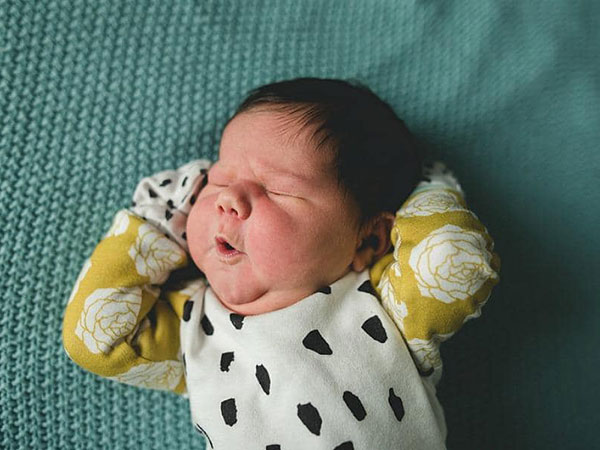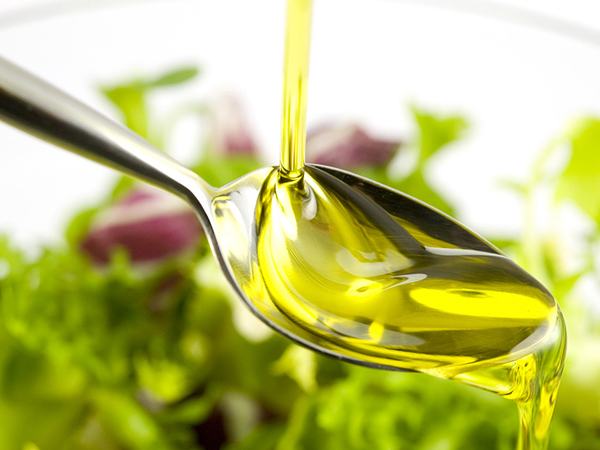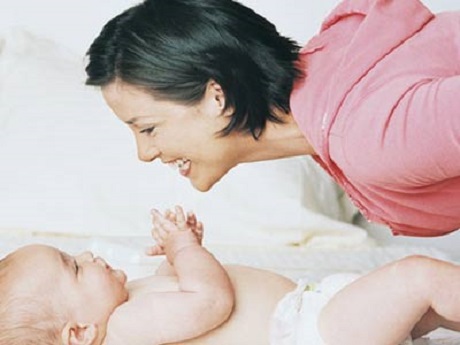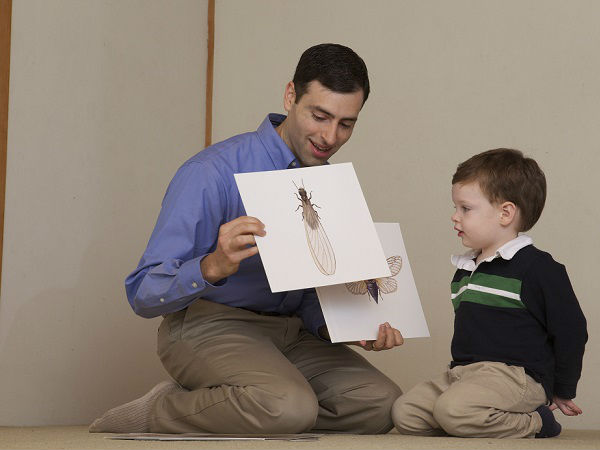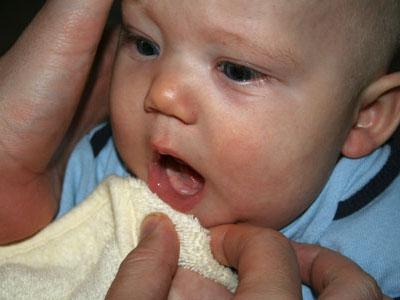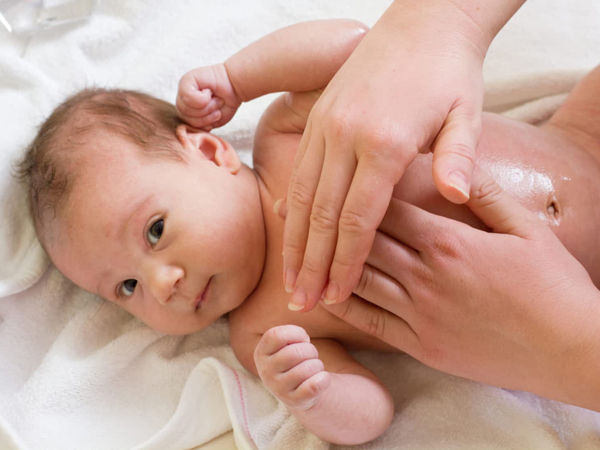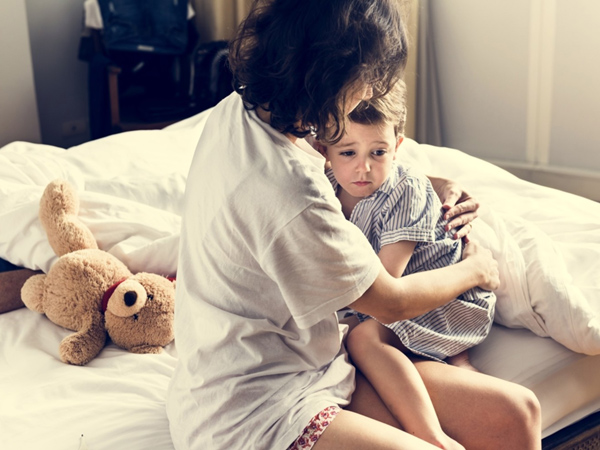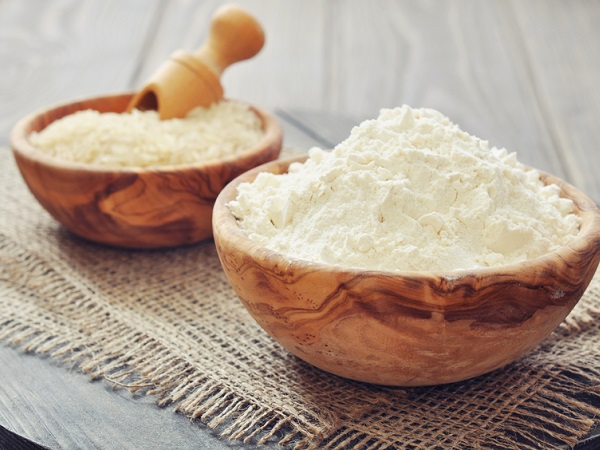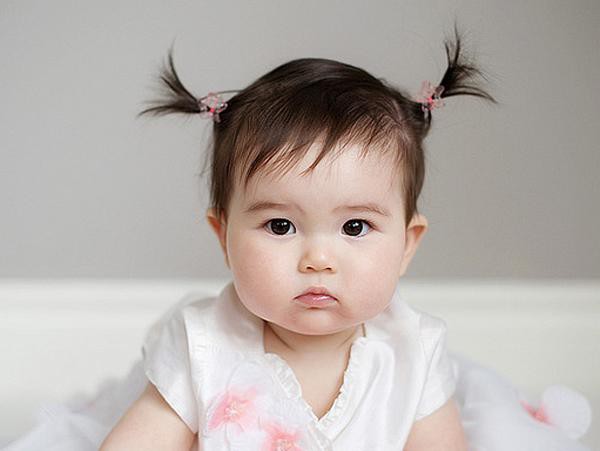Jaundice is common, especially in premature babies before 36 weeks. Jaundice can be a mild level called physiological jaundice, if it gets worse, it can lead to a very dangerous jaundice.
content
1 / Why do babies often have jaundice?
2 / Symptoms of jaundice in babies
3 / How to recognize a child with jaundice
4 / How to treat a child with jaundice
Children with physiological jaundice are still developing healthy, eating and sleeping normally and will resolve on their own after a few days. However, the baby with pathological jaundice, also known as jaundice, if not treated early, will suffer from nerve toxicity, seizures, coma and death.
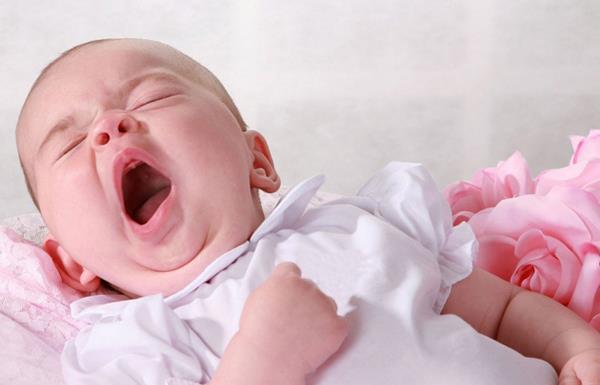
Distinguishing physiological jaundice and pathological jaundice will help mothers to have timely treatment measures
1 / Why do babies often have jaundice?
Most babies show jaundice in the first week after birth , this is a normal physiological phenomenon. When fetal red blood cells are destroyed for replacement with adult red blood cells, bilirubin is released, a substance with a yellow pigment. Normally, the liver will filter bilirubin out of the blood, but because the infant is too small, the liver function is still weak, so it cannot quickly remove bilirubin from the body, leading to jaundice.
In addition, jaundice in a newborn is also caused by a number of other pathological causes such as: Hemorrhage, blood infection, incompatibility between the mother's blood and the baby's blood, viral or bacterial infection ... In these cases jaundice usually appears much earlier or later than physiological jaundice.
2 / Symptoms of jaundice in babies
Physiological jaundice
Physiological jaundice usually occurs 24 hours after birth, disappears within 1 week for full term babies and 2 weeks for earlier babies. This is the degree of mild jaundice, so the symptoms only appear on the face, neck, chest and abdomen above the navel. Children with only mild jaundice without any other unusual symptoms are still growing well and gaining weight evenly.
Children in the following cases are often more prone to physiological jaundice:
Babies born prematurely before 36 weeks have a higher risk of physiological jaundice, because the liver is not able to process bilirubin as quickly as a full term baby.
- After birth, the body is bruised, the breakdown of red blood cells can also cause the bilirubin level in the baby's body to increase.
- Breastfed babies have a higher risk of jaundice. However, the benefits that breast milk brings far outweigh the disadvantages that jaundice can cause, so experts still recommend that mothers should breastfeed.

New discovery of amazing benefits of breast milk "Breast milk is best for babies and young children" - Maybe you have memorized this sentence, right? Surprisingly, not every mother truly knows all the amazing benefits of breast milk. Even many people will be very surprised to know the following 5 benefits
- Pathological jaundice
Jaundice is considered a pathology when there are unusual manifestations such as:
- Dark jaundice appears early
- Over a week after giving birth but still not healed
- Wide degree of jaundice, even the whole body and eyes
- Jaundice is accompanied by symptoms such as drowsiness, withdrawal from feeding, and convulsions
Bilirubin concentration in the blood is higher than normal
3 / How to recognize a child with jaundice
Jaundice can be easily seen with the naked eye in well-lit areas. In cases that are more difficult to recognize when the baby's skin is red or black, the mother can gently press the thumb on the baby's skin for a few seconds, then release. If the child has jaundice, the place where the finger is pressed will be distinctly yellow, and normally it will be white.
If not detected early enough to treat, the disease can leave dangerous complications such as vision loss, hearing, dullness. Bilirubin is toxic to brain cells, when it enters the brain causing acute encephalopathy leading to lifelong cerebral palsy.
4 / How to treat a child with jaundice
Sunbathing in the morning is the best and most effective treatment for newborn babies with physiological jaundice. In case of pathological jaundice, mothers need to bring their children to the hospital for monitoring and treatment, depending on the severity of the disease, there are different measures.

How to sunbathe for your baby is 100% accurate. The biggest effect of sunbathing for your baby is vitamin D supplementation to help keep baby's bones and teeth strong. However, moms need to check the steps below to make sure that she is properly sunbathing the babies.
- Light therapy (phototherapy): This is considered to be the most effective, safe and lowest cost treatment for jaundice in newborns. Children are placed under special light that emits light in the blue, green spectrum. This light is used to change the shape and molecular structure of Bilirubin and will be excreted in the urine, feces.
- For babies, due to late detection, the disease changes seriously and tends to be neurotoxic, using blood replacement method. This is done by taking a small amount of blood from the baby each time, then diluting the bilirubin concentration, then re-infused into the body.
